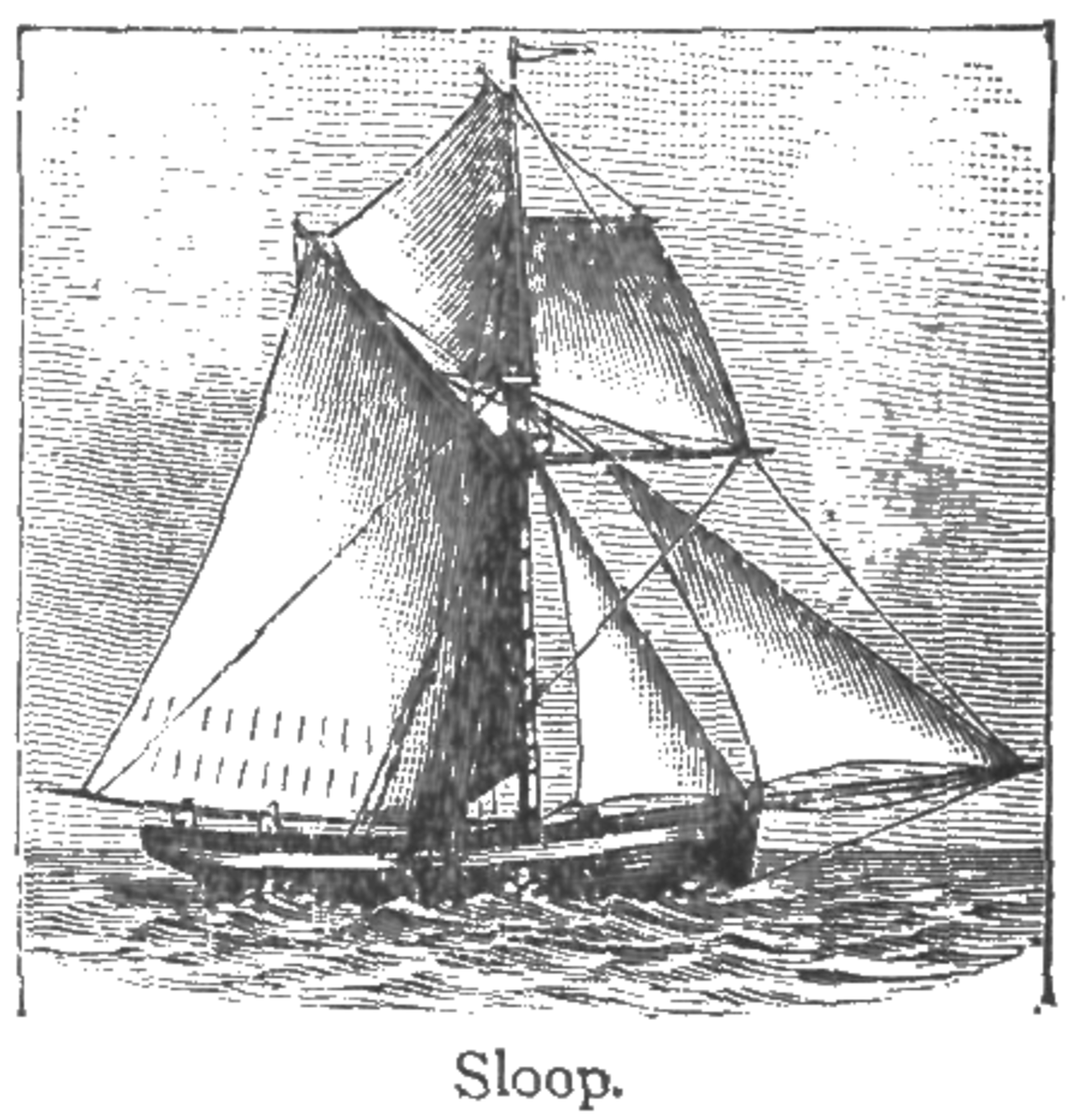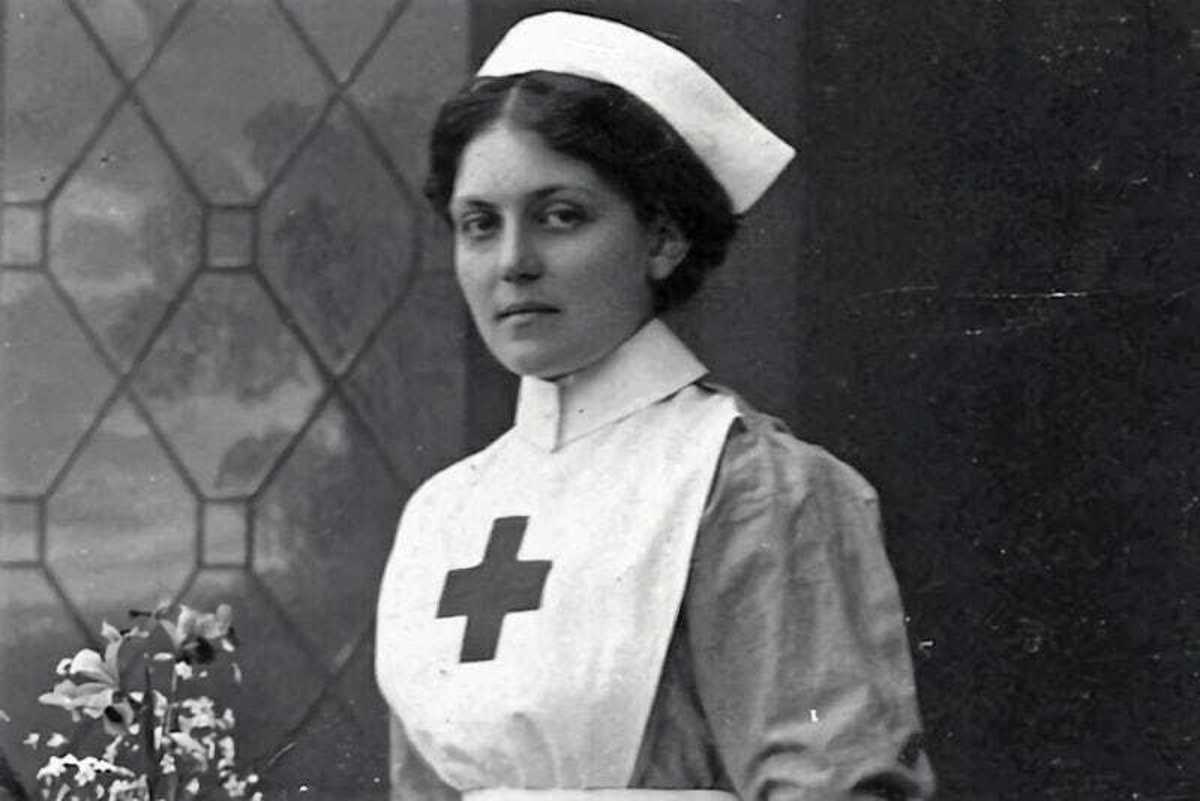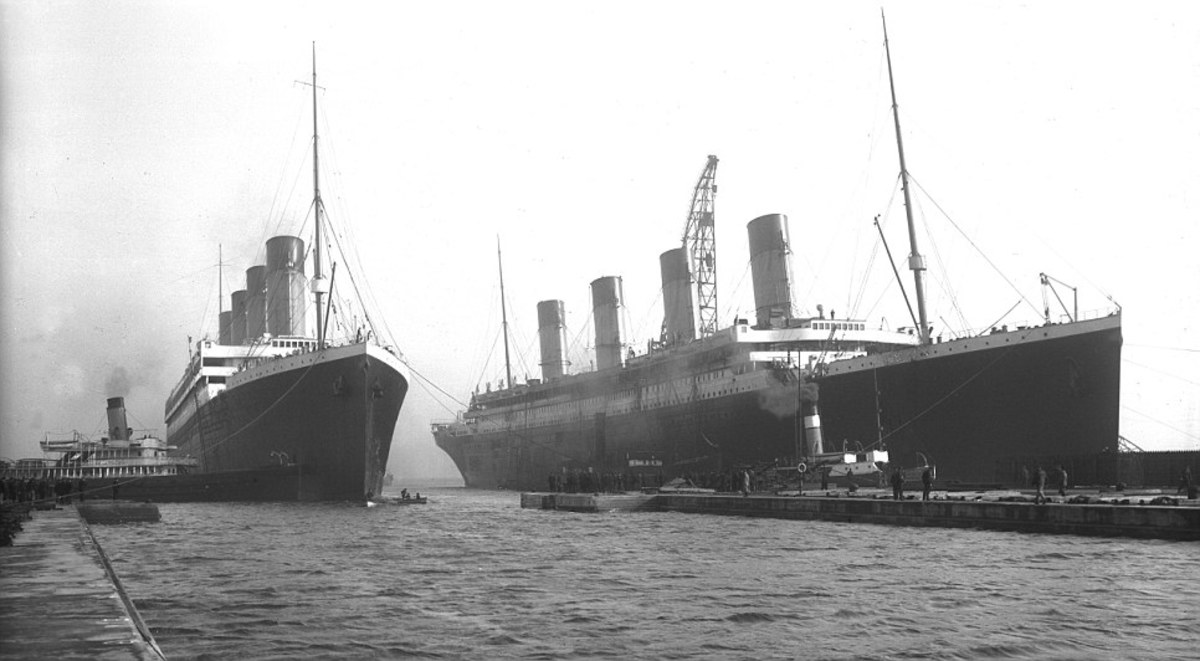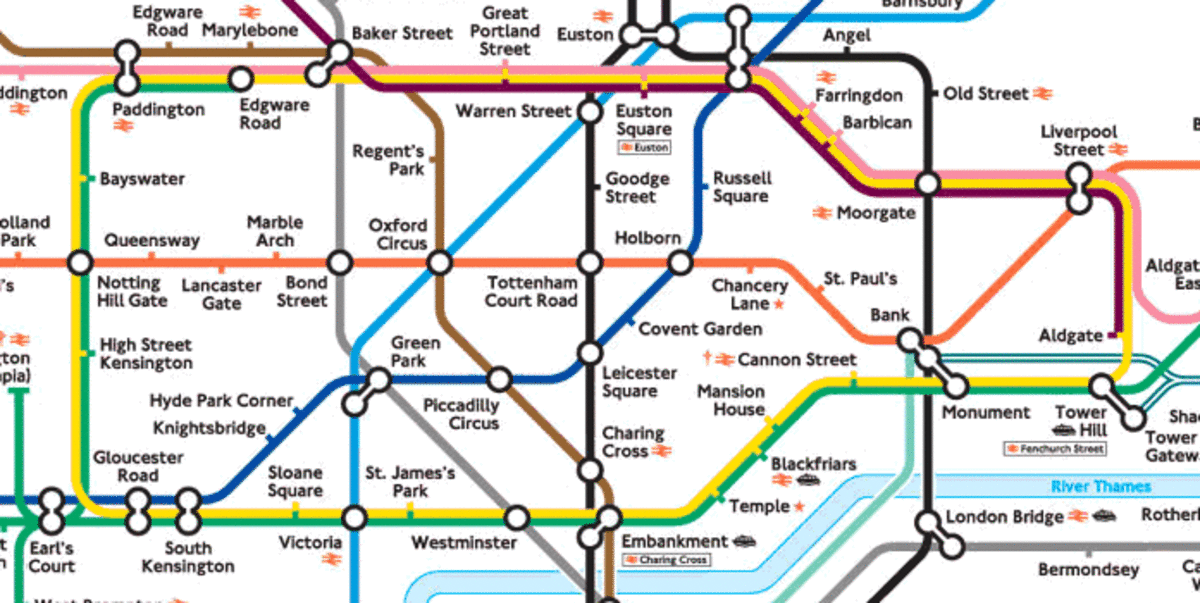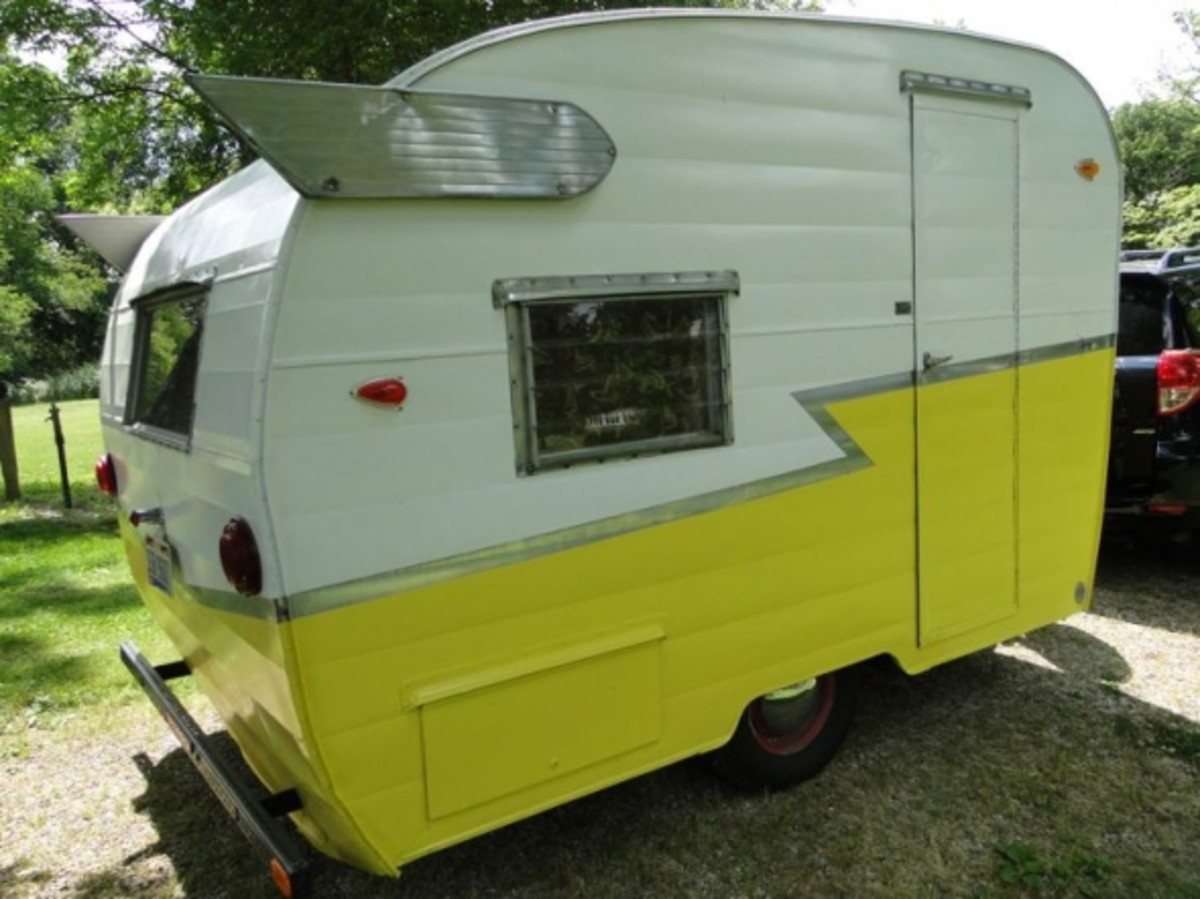History of the Ship; Pirate Ships and Cruise Ships
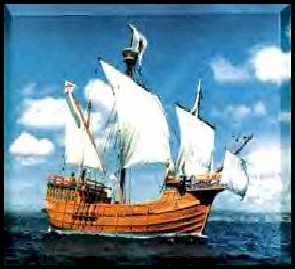
Ship Travel History
Ships are fascinating and intriguing. Pirate ships have been depicted in drawings as far back as the 1600s, but because these ships were built entirely of wood, we can only imagine how beautiful they must have appeared. Even the ones that were wrecked, and discovered for their treasures have completely deteriorated under the sea.
Pirates prized power and speed- so much the better if both were combined in one hull. They particularly favored predatory vessels that they could bear down on their prey, such as the Brigantine.
The birth of the transatlantic ocean liner was in the early 1800s, and a far cry from a pirate ship, but it was not until the late 1800s that trips across the Atlantic were being made for pleasure, as conditions before 1900 were unbearable at best.
In the mid 1800s Cunard launched its first steamers and the birth of ocean travel on a fixed departure schedule was launched. This pioneering company outlasted its rivals and established an unmatched safety record for decades. The North Atlantic is one of the roughest oceans in the world and in the winter is at its most inhospitable. The stormy voyage to the new world was a melancholy endurance marathon. Many passengers were sick throughout the entire trip. As if feeling sick on a long ocean trip was not bad enough, the nauseous passengers discomfort was compounded by the lack of ventilation.
The nineteenth century ships had no heating system, no running water, or toilets and no way of keeping food fresh once the ice had melted. A cow was often kept on deck to provide a limited supply of fresh milk.
As the voyage stretched into its third week the quality of food was severely deteriorated.
Brigantine
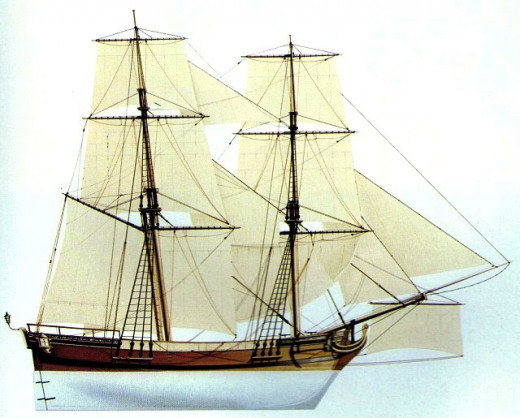
17th Century
The Brigantine was the fast and sturdy workhorse of the day. The Brigantine was also the chosen combat craft of many pirate captains. She was basically a two-masted vessel that carried on her main mast either square or fore-and-aft sails, or a combination thereof, which made her immensely versatile; the square sails drover her best in quartering winds while the fore-and-aft sails were effective when sailing to windward. The vessel here was 80 feet long and at 150 tons was big enough to mount 10 cannon and carry a crew of 100.
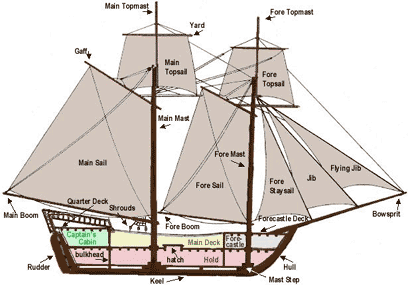
The "Ideal" Pirate Ship
This design was greatly favored by smugglers because it was a near-ideal vessel for pirates. A rapier-like bowspirit almost as long as her hull enabled her to mount a parade of canvas that made her even more nimble than the Schooner or Brigantine; in favorable winds, a square topsail gave her an extra measure of speed, sometimes exceeding 11 knots. Though not shallow in draft this large 100-tonner drew eight feet of water carrying 75 pirates and 14 cannon-the sloop could maneuver in the channels and sounds were the brigands hid.
The Great Eastern
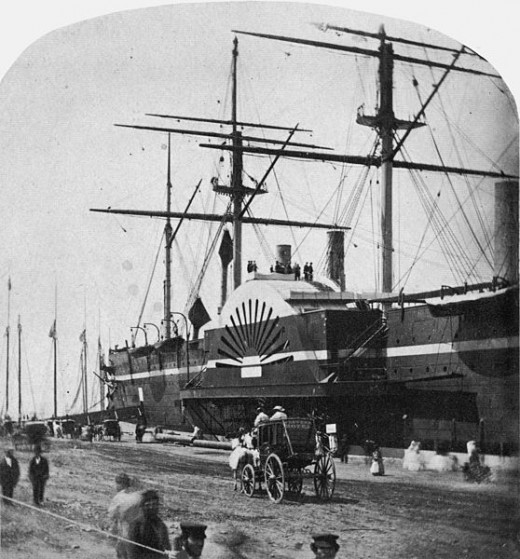
The Great Eastern
Civilized travel was underway and in 1860 The Great Eastern was the largest and longest ship ever built, and would remain so long after she was scrapped. In terms of construction and passenger accommodation she belonged to a later era. She was the first steamship to make a regular passage between England and Australia.
Turmoil from the start- there were technical problems that slowed construction and caused the builders to go way over budget. When launch day arrived, over 10,000 guest came to watch the big event. They were disappointed when the great ship slid broadside down the ways, then stopped dead and refused to budge. It ultimately took more than one month and an additional $300,000 to get her into the water. By the time she was afloat, the original owners were practically bankrupt.
The designing engineer was obsessed with the great ship and directed her completion under her new owners. A ruptured heater caused an explosion that resulted in severely injuring many of the crew and killing four. Then the first captain drowned in a malfuction, and the designing engineer died of a stroke. Despite her size, she was reportedly bouncy and sloppy in the water.
The Great Eastern left Liverpool on her maiden voyage in 1860, and the one positive thing that was to go down in history for this glorious ship was that she laid the first transatlntic cable. In 1888, she was finally put out of her misery.
Lusitania
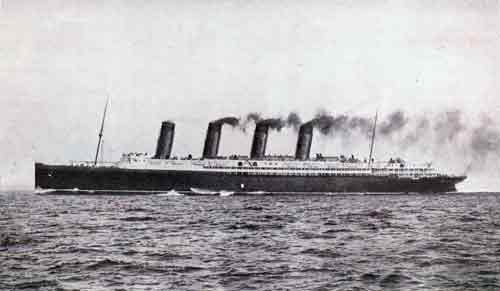
Lusitania Dining Room
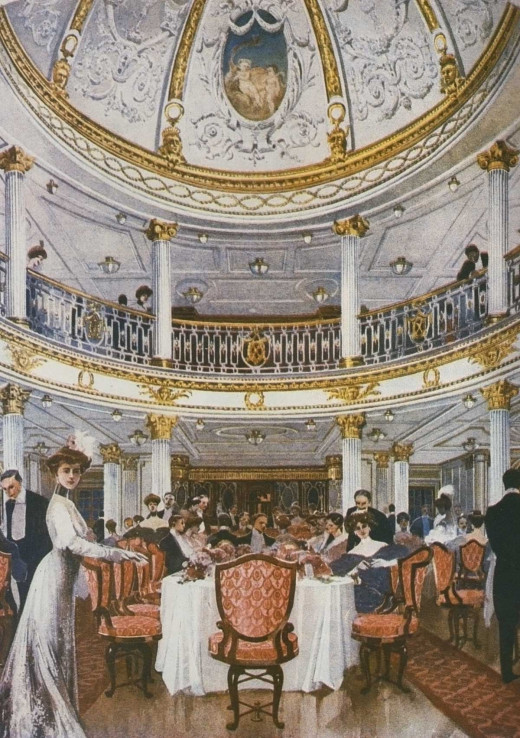
The Cunard Line
By 1901 The Cunard Line was king of the Atlantic and rapidly growing in their reputation as fast, safe, and reliable transportation. They were also now becoming known for their opulent luxury in reponse to German ships that boasted nothing but glamour. The Cunard Line produced the Lusitania and the Mauretania.
These two great ships grew together side by side and Lusitania was completed first and Mauretania was launched in 1907. They were close in size but Mauretania performed slightly better, having four prop blades as opposed to Lusitania's three. Both were beautiful and luxurious and powered by steam turbines.
The interior of the Mauretania was designed in dark wood, with a tradional appeal, while the Lusitania had a light and airy feeling being mostly white plaster.
The two ships were friendly rivals for many years with record speed voyages being printed in the newspapers on a regular basis. They were both remarkable ships. Mauretania was in coninuous service without a major reconditioning from 1909-1912.
Luisitaia's career was cut short by a German torpedo in one of the most famous ship wreck catastrophies of all time. Lusitania's sinking would also be considered the beginning of WWI.
Mauretania Dining Room
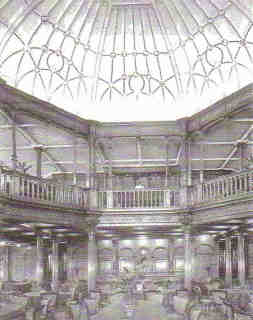
Ship History on Amazon
Olymic & Titanic
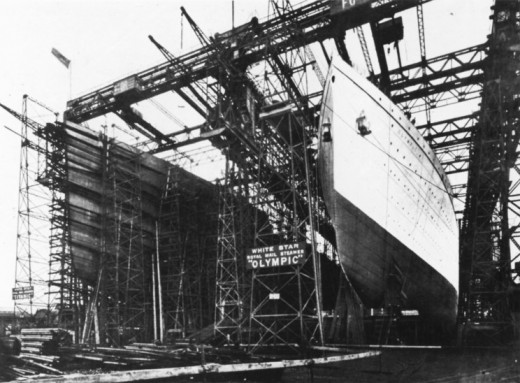
Olymic's Grand Staircase
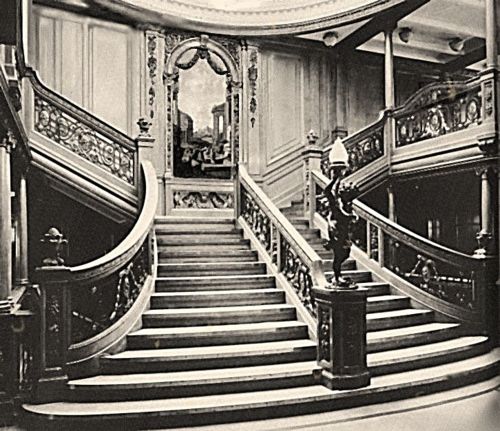
The White Star Line
The Olympic and the Titanic were The White Star Line's answer to Cunard's Lusitania and Mauretania.
The keel of the Olympic was laid down in 1908 and three months later work began on the sister ship, Titanic. The two ships sat side by side under construction. When the Olympic was completed it was considered to be the biggest and most luxurious ship yet built. It was indeed a very decorative and opulent ship especially in the main dining room. Edwardian in style with Turkish baths and elevators just as Lusitania and Mauretania.
Olympic proved to be a very calm and smooth riding ship, and her sister ship, Titanic was a larger version of Olympic, this gave The white Star Line confidence that Titanic would be safe, and in good working order as the Olympic had proven to be. When Titanic was launched, Olymipc would be the slightly smaller version of the largest ship on the sea.
Olympic was said to perform flawlessly until her 5th voyage in which she tried to overtake another ship, the Hawke. When the Hawke's bow came alongside the Olympic's starboard side, the Hawke was helplessly drawn towards the huge ship. The tremendous suction was too much for the smaller ship and it crashed into the Olympic's starboard quarter, nearly capsizing before she spun away. Both ships sustained serious damage. The Olympic had a gaping hole in her shell plating above the waterline and a serious puncture under water, damaged starboard propeller. The patch job on Olympic delayed Titanic's completion by several months. Captain Smith had commanded Olympic on all of her voyages before taking over Olympic's younger sister's Titanic for his final voyage before retiring.
Titanic departed in 1912 with a who's who passenger list. Some of the wealthiest couples in the world at the time were on board the ill fated ship. Titanic has a brilliant design that led many journalists to begin calling it the unsinkable ship. As fate would have it, the ship struck an iceberg in such a way that was perhaps the only way that could have sunk this ship, and 2,223 people on board the Titanic perished in the frigid Atlantic, including Captain Smith. It has become one of the greatest tragedies of all time.
Ship Reading & History
- All The Presidents; U.S. Presidents List of the First 15
All the Presidents. A list and short bio of the first 15 presidents. George Washington to James Buchanan. - The Titanic Story & Pictures
Titanic was a beautiful work of art that boasted luxury and elegance only to end on her maiden voyage. Striking an iceberg watertight compartments filled with water & Titanic sank. - Famous Shipwrecks, Central America- Titanic
Famous shipwrecks are the Central America. It wrecked carrying millions of dollars in gold, and the Titanic.
Link To My Hub Pages
- Skarlet HubPages
I write many Hebpages on various subjects including classic Hollywood and vintage everything. I also hubs on business, investing and various ways of generating income. I have also published books, and numerous articles online. Links to many of my pages can be found at the above address. Sincerely, Skarlet



